Sheepishly I must admit, though I too learned about bees in elementary school and know about pollination, it was not until a few years ago when speaking to a farmer about the mysterious hive collapse phenomenon across the U.S. that is hit me like a ton of bricks that these creatures are the backbone of agriculture. Without bees pollinating everything there would be no crops. None. At all. It gave me a totally new appreciation for them.
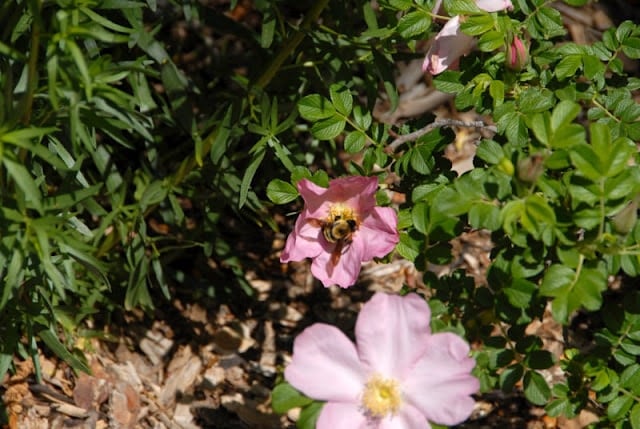 |
|
The notably larger Bumble Bee is a totally different species, a solitary underground dweller, and an indicator of a fertile eco system
|
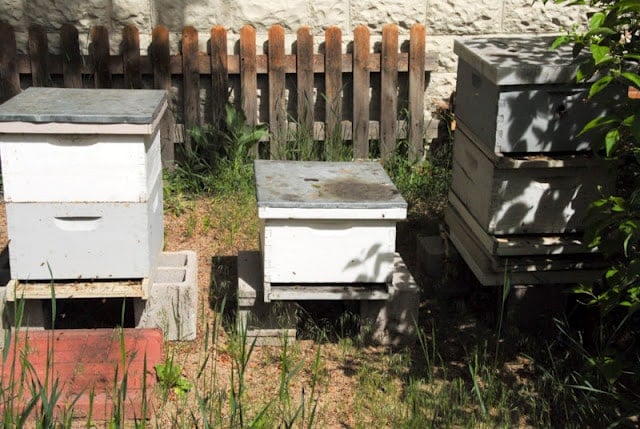 |
|
Some of Mark’s hives
|
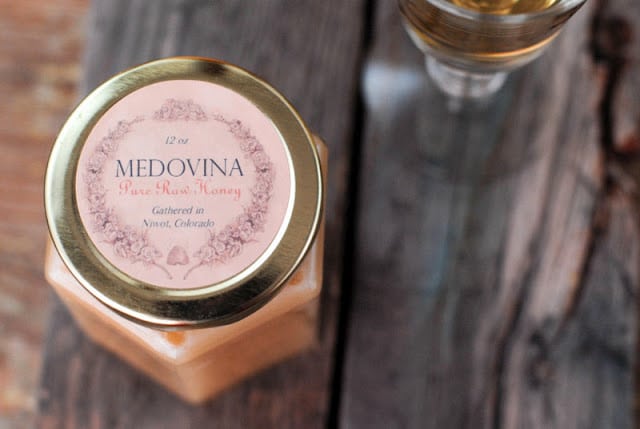 |
|
Some of Medovina’s whipped honey I purchased last fall along with honey filled truffles!
|
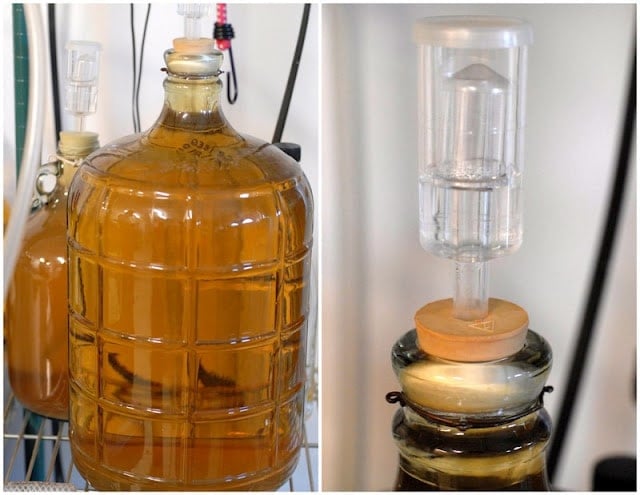 |
|
Fermenting mead produces carbon dioxide which is released by this special bottle top
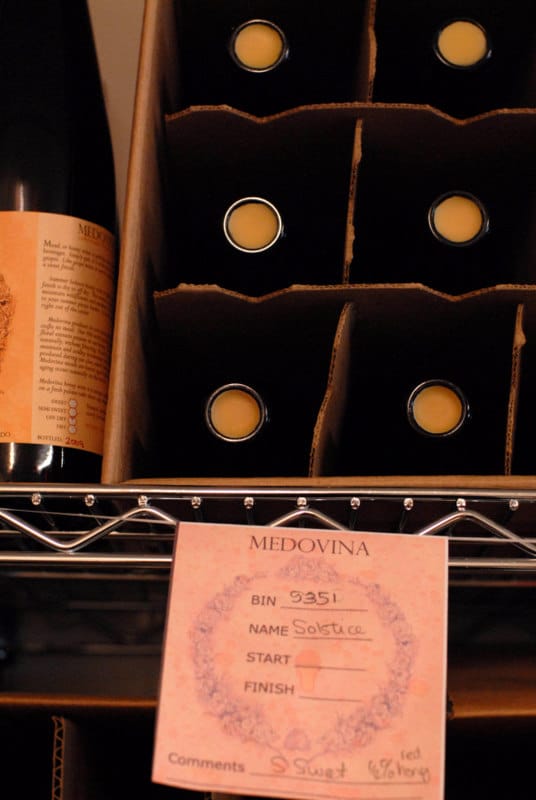 |
Mark’s mead can be purchased the Boulder Farmer’s Market as well as a number of other locations in Colorado. You can access locations on his website (These are the locations where the Mead is sold.).
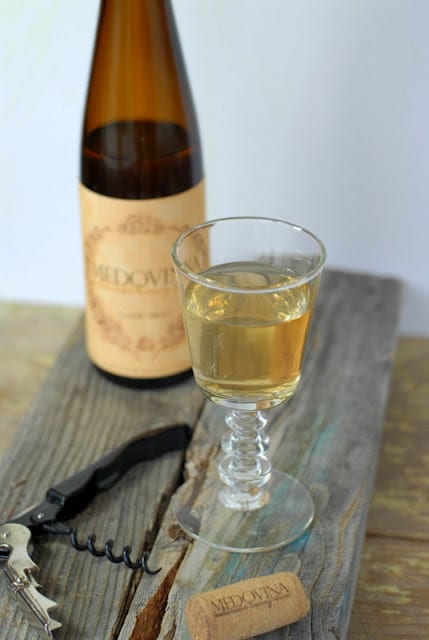
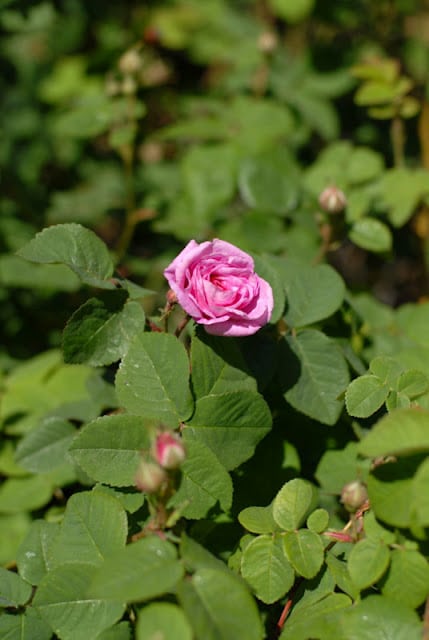
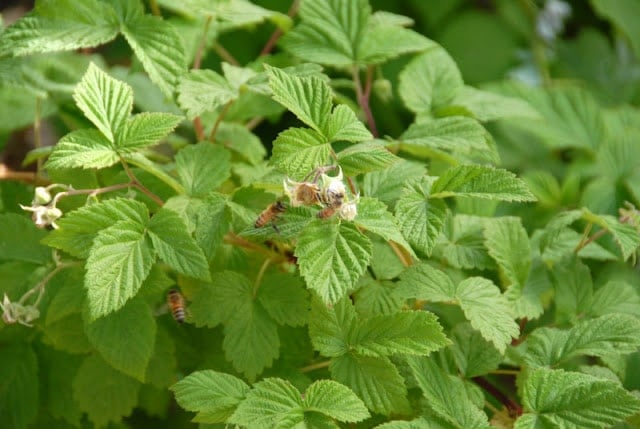
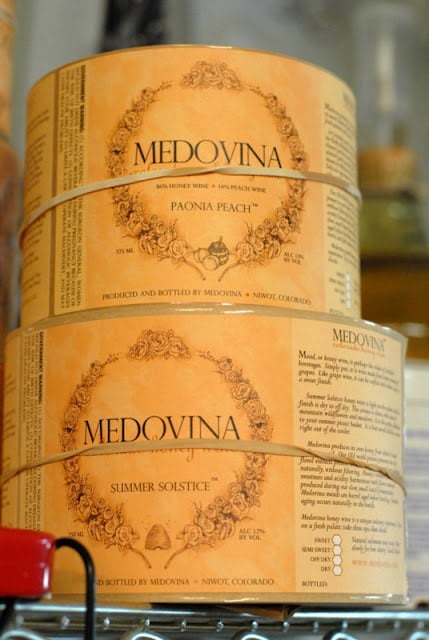
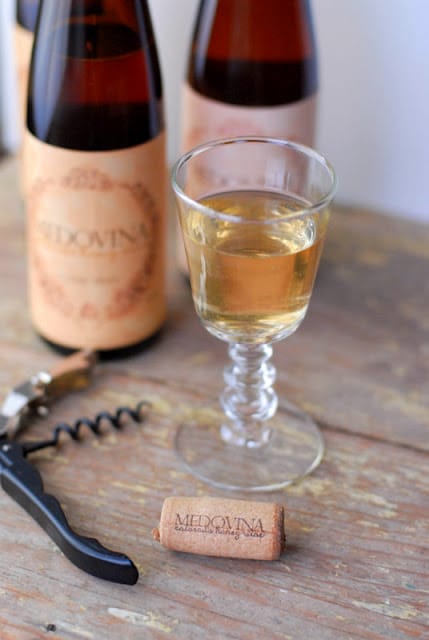
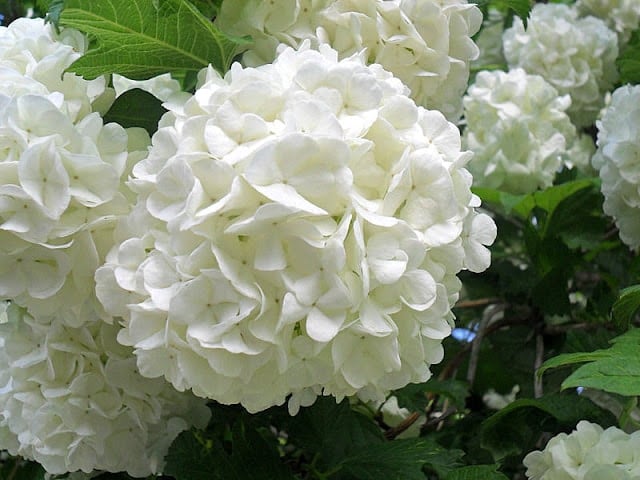
Lisa @ Tarte du Jour says
Thank you… I had so much fun on our field trip to Medovina. Toni, your writing and photographs are captivating! I love how I always learn something from your posts. I'm forwarding this on to my husband… he will love it too! and I'm tweeting it too!
Cooking with Michele says
Fascinating to read about this guy – and timely because I just used up a bunch of honey making various BBQ sauces for my Father's Day “Rib-Fest” we're having over here. Would like to make a trip up to Niwot to check him out!
Chef Dennis says
One of schools keeps bees, it is truly fascinating! I love real honey, not that over process stuff groceries stores sell, would love to try some of Mark's!
Argggg, now pass me mead girle!!
(sorry it loses its affect without the eye patch and the parrot)
Dennis
Suzita @ playfightrepeat.com says
Great post! Boulder writer Hannah Nordhaus just came out with a book titled, The Beekeeper's Lament: How One Man and Half a Billion Honey Bees Help Feed America. Similar themes and her book's been very well received.
Mark Beran sounds like such an interesting person! Thanks for introducing us to him.
Rebecca from Chow and Chatter says
first class post and wow bee;s are amazing
HeatherinSF says
What a great article, thank you for sharing your experience. I learned a lot and am craving a glass of rose tinged mead. I wonder who makes it in the Bay Area? Now I have a homework assignment!
Kim - Liv Life says
Awesome post!! My dad used to keep bees, but unfortunately I didn't gain an appreciation to honey until many years later. He came to my son's kindergarten class to talk about bees, that was a fun day.
I've not really had much experience with Mead… something I need to look into!
Grant @ Grampa's Honey says
Beautiful post. I actually have never tried Medovina mead, but now I really want/need to. Mark sounds like an amazing guy!
ping says
I love this post. And I love the queen bee story too … awww, touched my heart. So unfortunate for us here, I don't think I've seen any mead for sale.
Sounds really good! and I do love sweet wines.
Redawna says
What an excellent informative post.
There is an organic farm about 700 kms from where I am, making mead. I have always wanted to purchase a bottle. Now I absolutely must!
Thanks!